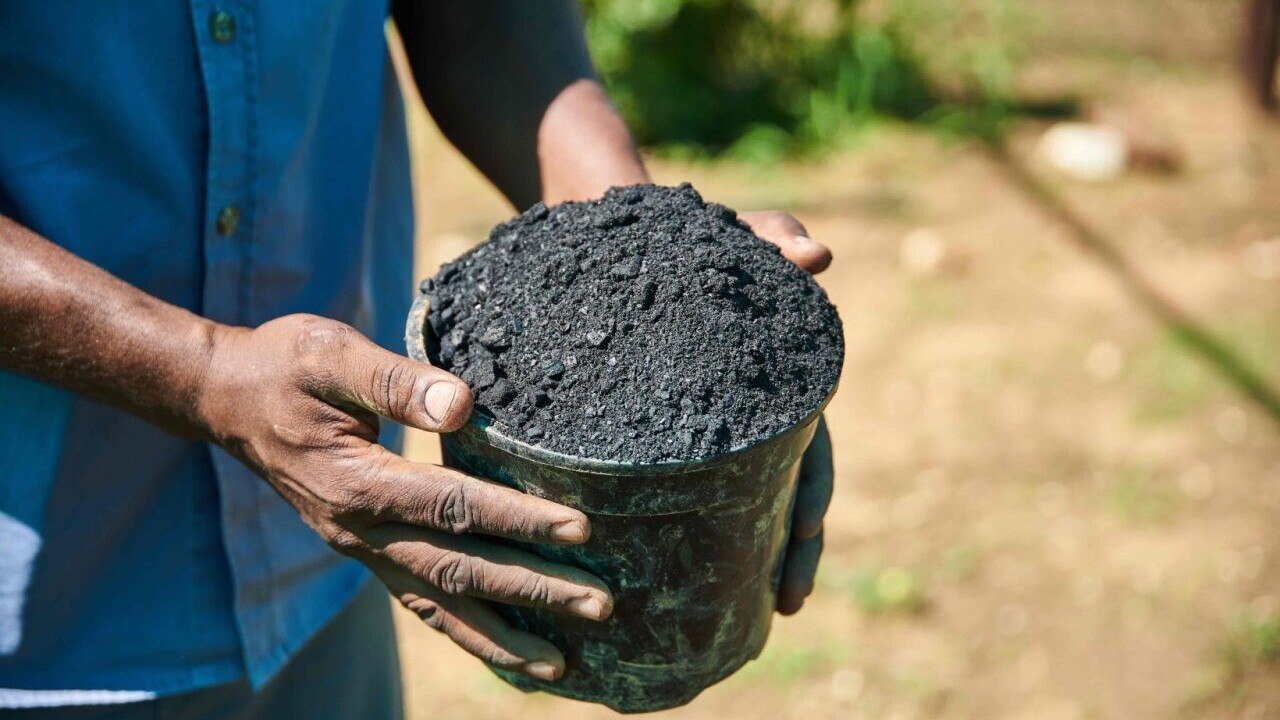
Carbon removal platform Supercritical today announced the launch of its live pricing and availability function for global biochar projects in support of the transparency of the budding carbon removal market.
Most have heard of carbon offsetting — and of the junk credits often associated with it. However, the newer term of carbon removal credits (CRC) might just provide more bang for the climate change buck, if measured, verified, and paid for correctly.
To prevent CRC going down the same questionable path as offsets, Supercritical is on a mission to “bring radical transparency to the carbon removal market.” To that effect, the platform is applying an impressive 118-point vetting criteria to the projects it brokers credits from.
Furthermore, it has now added the world’s first live pricing and availability for biochar. The London-based startup says it now offers transparent data for 80% of the high-quality biochar solutions globally.
Carbon removal credits are often purchased on offtake agreements, meaning that a buyer pays for an amount of CO2 that will be extracted from the air. Sometimes far in the future, and sometimes from technology that has not yet scaled sufficiently.
Having live data from biochar projects means that purchases can have a more immediate impact. However, as the market expands along with more stringent ESG regulations, buyers need to be certain they are backing legit projects.
“From our marketplace data, we know that biochar is rapidly becoming the most accessible, permanent carbon removal method. Yet the influx of low-quality biochar is alarming, particularly when new buyers are starting to enter the market and want to find the right solutions for their net-zero strategies,” Michelle You, co-founder and CEO at Supercritical, told TNW. “We can’t have the carbon removal industry affected by the same problems that the Voluntary Carbon Markets have.”
What is biochar?
Biochar involves converting organic waste materials into a stable form of carbon through a process called pyrolysis. This means subjecting it to high temperatures (300-700°C) in a low-oxygen environment. It then resists degradation, which allows it to sequester carbon for thousands of years when added to soil.
It may be a low-tech climate change intervention if you compare it to say direct air carbon capture, or DAC. However, it is one of the best bets we have when it comes to drawing gigatons of CO2 out of the air — an absolute necessity if we are to have any chance of keeping global warming below disastrous levels.
Biochar is one of the most accessible forms of carbon removal. Credits cost on average $176 per tonne, as opposed to the current $600 to $1,000 for DAC. The biochar business is booming — Microsoft agreed earlier this year to purchase 95,000 tons in biochar carbon removal credits — and it is set to grow around 30 times over the coming years.
However, as You mentioned, that growth is dominated by low quality projects. High-quality credits average $220 per tonne, 30% higher than low quality credits. As such, it is imperative that buyers understand why they are paying the extra cost.
Early days in carbon removal journey
Supercritical’s 118-point vetting process covers four dimensions: climate science, environmental, delivery risk, and social impact. The company was recently named one of the World Economic Forum’s Technology Pioneers for 2024. Customers include Virgin Atlantic, Tide, XTX Markets and The Economist Group.
You founded Supercritical in 2021, together with Aaron Randall, the company’s CTO. “This breakthrough is a testament to our science team’s expertise, who, working alongside our developers and product teams, have harnessed their unparalleled understanding of the market’s complexities,” Randall said. “We’re still in the early days of our journey and we’re excited to continue building the solutions that will scale the removals industry to gigatonne capacity.”
Get the TNW newsletter
Get the most important tech news in your inbox each week.




